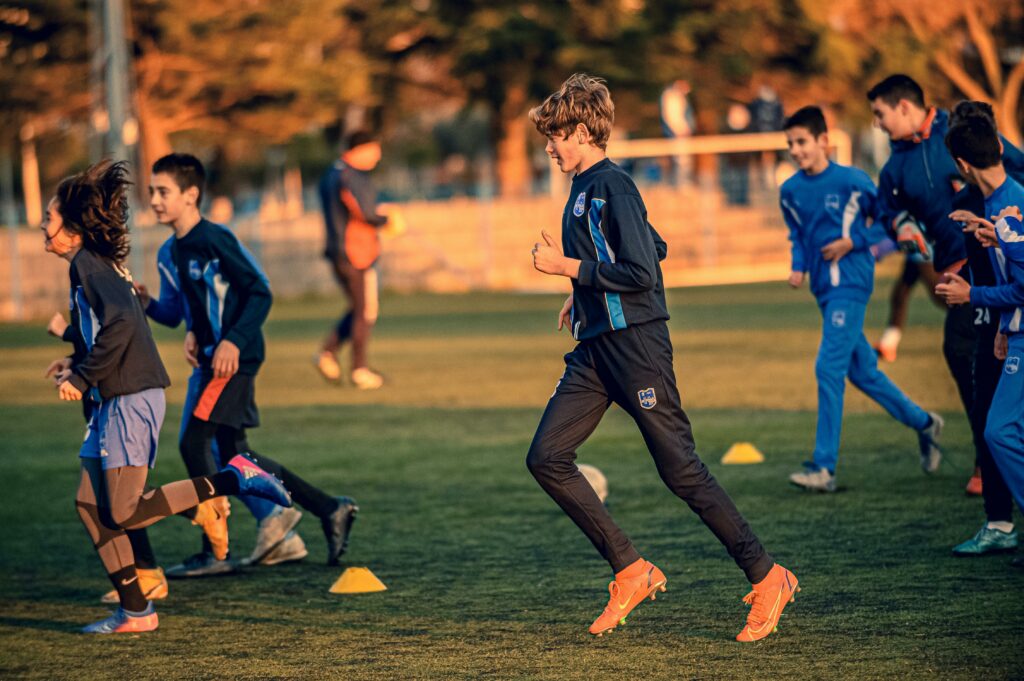Reevaluation is not a one-time effort – It’s a SYSTEM. Improvement doesn’t happen by chance. It comes from systems that encourage consistent, intentional self-reflection. Whether you’re an artist planning your next solo show, an athlete preparing for a season, or an entrepreneur scaling a product — you need feedback loops built into your process. Discover here 4 methods to reevaluate your performance whether you are an artist, an athlete or a leader.
There is no magic tool. Try them all, customize depending on your environment and discipline, and stick with the ones that actually help you improve at every stage of your journey.
Let’s explore 4 methods to reevaluate your performance (science backed) that you can creatively adapt to fit your world:
1. Structured Journaling: Make reflection actionable
Don’t just journal—use frameworks that turn your thoughts into learning.
- For artists: Reflect after an exhibition using Gibbs’s Reflective Cycle Gibbs’ Reflective Cycle—what piece drew most attention? What feedback surprised you?
- For athletes: After a competition, jot down your mental and physical state using Kolb’s model—what did you learn in pressure moments?
- For founders: After a product sprint, ask your team what worked, what flopped, and what user signals came through.
📌 Try this simple tool:
Create a Google Form template with 4 questions:
- What just happened?
- Why did it work or not?
- What insight did I gain?
- What will I change next time?
🧪 Backed by research: Gibbs (1988) and Kolb’s (1984) learning models are widely used in professional training and coaching for turning experience into insight.
2. 360° Feedback: Expand your perspective
You don’t know what you don’t know. That’s where multi-source feedback comes in.
- Artists: Ask curators, fellow creatives, or gallery visitors for feedback—What did the work evoke? What lacked clarity?
- Athletes: Collect notes from coaches, teammates, or even video analysts.
- Startup founders: Anonymous feedback from staff, investors, and customers will reveal patterns you can’t see from the inside.
📌 Simple setup:
Use anonymous Google Forms or platforms like Officevibe. Do it every quarter or after major milestones.
🧪 Why it works: Research (London & Smither, 1995) shows that structured feedback increases self-awareness and leadership growth across fields.
3. Pre- and Post-Mortems: Think ahead, then review
Don’t just learn from failure—prevent it.
- Artists: Before a show, list what could go wrong (poor lighting, unclear concept). After, debrief: What resonated most? Where did people hesitate?
- Athletes: Pre-match—what tactical traps might I fall into? Post-match—what decisions would I redo?
- Entrepreneurs: Pre-launch, imagine the product tanking. What caused it? Then test those weak spots.
📌 Try this creative approach:
Sketch a “future newspaper headline” about your next failure—then reverse-engineer solutions.
🧪 Gary Klein’s pre-mortem method (2007) is proven to improve decision-making under pressure and reduce bias.
4. Performance dashboards: Make progress visible
What you track, you can improve.
- Artists: Track which artworks generate the most engagement, sales, or inquiries. Note your creative energy during each piece.
- Athletes: Use wearables or coaching apps to monitor footwork, shot consistency, recovery times.
- Business leaders: Build KPIs into Notion or Airtable: customer churn, sales per week, satisfaction scores, innovation cycles.
📌 Easy starter kit:
Build a monthly dashboard . Include goals, wins, blockers, and lessons learned.
🧪 Goal-setting theory (Locke & Latham, 2002) shows that performance improves dramatically when feedback is linked to specific, trackable goals.
Wrap-up
All these tools are flexible. You don’t have to follow any one model rigidly. Instead:
- Try them.
- Adjust them.
- Keep what fuels progress.
Reevaluation isn’t a luxury; it’s a competitive edge. Make it part of your operating system.
« Everything is part of a system. Once you complete the cycle, repeat it—constantly evolving and improving along the way. »
Resources:

